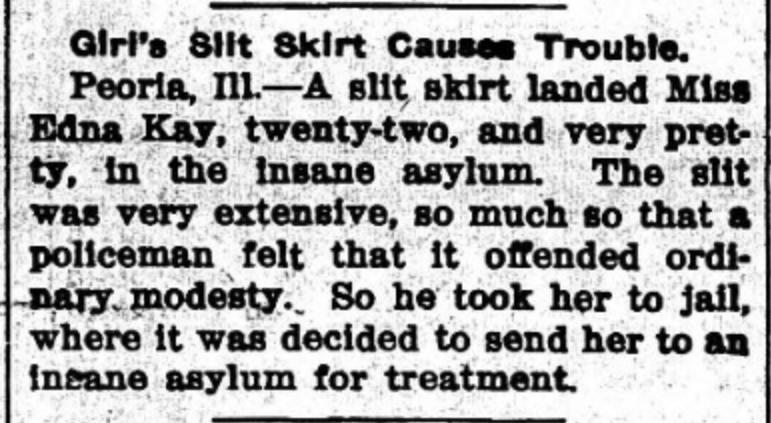History is replete with stories about the sex lives of US presidents, particularly Warren Harding, John F. Kennedy and Bill Clinton. One president whose bedroom antics have attracted less scrutiny is Kennedy’s successor, Lyndon Johnson.
According to his friends, colleagues and former employees, LBJ had an insatiable sexual appetite, backed by a considerable ego. This appeared to begin at college, where the future president was fond of exposing or waving his penis which he nicknamed “Jumbo”.
During and after his presidency Johnson engaged in scores of dalliances and affairs, fathering at least one illegitimate child. He was notoriously jealous of Kennedy’s reputation with the ladies, once claiming to have “had more women by accident than Jack had on purpose”.
Unlike Kennedy, however, Johnson was devoid of youthful good looks, seductive charm and patience. As a consequence, Johnson’s sexual propositions could be direct and confronting. One rather unnerving example of this was recalled by Carl Rowan, a high-ranking government official during the 1960s, and involved Johnson and a pretty young White House secretary:
“In 1965, when I headed the US Information Agency, I was approached by a shaken White House employee who told me of her first duty trip to the Texas ranch where President Johnson often retreated. She said she awakened in the wee hours of her first night there in terror, certain that someone was in her room. When a little pencil flashlight was shone on her face, she was too terrified to scream. Then she recognised Johnson’s voice saying ‘Move over. This is your president’.”
Intimidated and probably petrified, the woman complied with Johnson’s instruction. According to Rowan, she chose not to make a complaint against the president but did lodge a request a new job out of his reach. Rowan informed the White House and arranged for her to be transferred to the State Department.
Source: Carl Rowan, cited in Buffalo News (New York), January 28th 1998. Content on this page is © Alpha History 2019-23. Content may not be republished without our express permission. For more information please refer to our Terms of Use or contact Alpha History.



